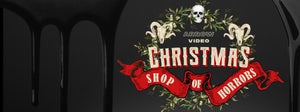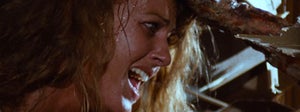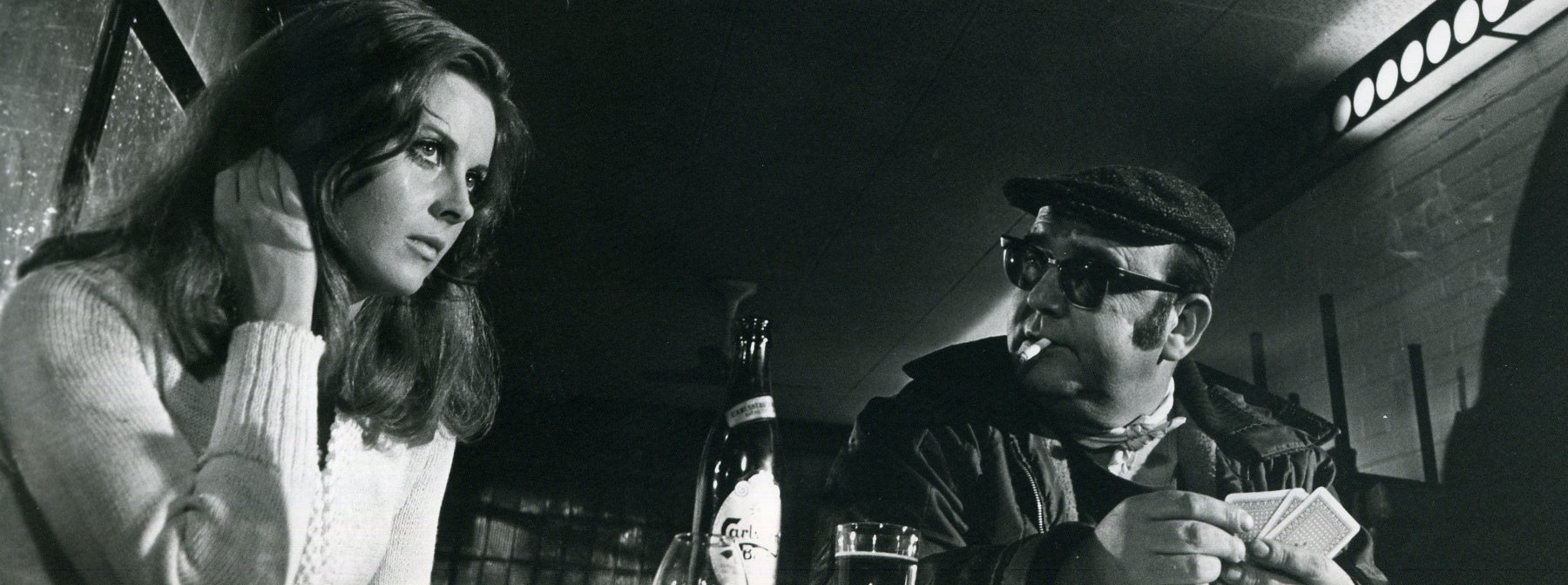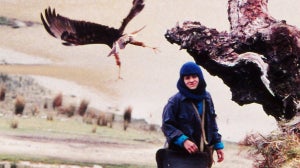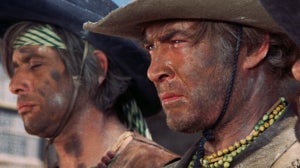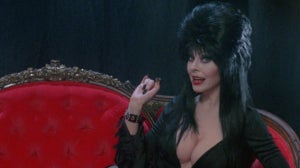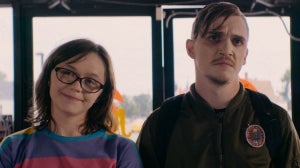
Luciano Ercoli might not be the biggest name of the Italian giallo film directors, but mention his name to anyone with more than a cursory interest in the category and watch their eyes light up. Ercoli’s gialli are less like horror-imbued donations like Deep Red or Tenebrae, and instead fall much closer to the near deliriously histrionic collaborations of Umberto Lenzi and Carroll Baker that predate them. Ercoli’s gialli delight in their melodramatic edge, reminiscent of Claude Chabrol as much as Dario Argento.
From 1970 to 1972, Ercoli directed a loose trilogy of gialli that would earn him a key place in the history of Italy's most famous sex-and-violence imbued thrillers. He already had a decade's worth of experience under his belt as a producer with credits including Spaghetti Westerns like A Pistol for Ringo (1965), Long Days Vengeance (1967) and The Ruthless Four (1968), but as a director he turned to three gialli written by the great Ernesto Gastaldi - Forbidden Photos of a Lady Above Suspicion (1970), Death Walks on High Heels (1971), and Death Walks at Midnight (1972).
While three independent, stand-alone stories, a variety of elements tie these movies together. All three star the great Spanish actress Nieves Navarro, who was often credited by her anglicised nom de plume Susan Scott. While a supporting cast member in Forbidden Photos of a Lady Above Suspicion to its star Dagmar Lassander, even then you can sense that Ercoli struggled to keep his camera off Navarro. This led to her starring in his two Death Walks gialli, after which they married, remaining together until his death in 2015.
https://www.youtube.com/watch?v=aRZZBsa7XAE&pp=ygUyZm9yYmlkZGVuIHBob3RvcyBvZiBhIGxhZHkgYWJvdmUgc3VzcGljaW9uIHRyYWlsZXI%3D
Another Spanish actor, Simón Andreu, also starred in all three of Ercoli's giallo films. An objectively handsome and deeply charismatic screen performer, Andreu would become better known for his work in horror with films like Vicente Aranda's The Blood Spattered Bride (1972) and, later, Brian Yuzna's Beyond Re-Animator (2003), also carving a significant place for himself in the history of Spanish queer cinema with an extraordinary central performance in Eloy de la Iglesia's Hidden Pleasures (1977). Whether a ruckmaking journalist, alcoholic boyfriend or blackmailing rapist, in Ercoli’s gialli Andreu visibly relished the opportunity to play deeply shady characters.
Beyond casting similarities, there’s a whole dazzling rainbow of elements that tie Ercoli’s giallo trilogy together. From what is clearly a fetish for thigh-high black boots to a parade of increasingly preposterous wigs, these films are filled to the brim with all of the giallo film’s signature twists and turns, painting an array of sexy yet dangerous worlds where no one can be trusted. From drugs to diamonds, different crime stories provide the foundations of Ercoli’s tales of gaslighting and infidelity, hinging around central women characters who - while perhaps flawed - are in each instance unambiguously mesmerising.
https://www.youtube.com/watch?v=o8V33u3fFvU&pp=ygUdZGVhdGggd2Fsa3MgYXQgbWlkbmlnaHQgYXJyb3c%3D
Forbidden Photos of a Lady Above Suspicion stars the German Lassander as Minou, the insecure, lonely pill-popping wife of Peter (Pier Paolo Capponi). Daydreaming of excitement, she gets much more than she bargained for when she meets Andreau’s unnamed character by the seaside - an attempted rape leads to sexual blackmail which sets off a string of increasingly dangerous encounters. With no one to trust except her best friend, Navarro's Dominique, the already unstable Minou must decipher if her fears are all in her head or if she’s being gaslit - and if so, who by and why.
Promoting Navarro to leading lady, in Death Walks on High Heels Ercoli turns this time towards a series of murders all linked to a diamond robbery. Here she plays Nicole, a high-end “strip tease artist” in Paris who draws the attention of both police and a mysterious, unidentified killer alike after a jewel heist which perfectly matches the criminal modus operandi of her now-dead father. Increasingly unnerved by threatening phone calls, she flees to rural England with a new lover, the married Robert (Frank Wolff), but the menace does not subside. Will police discover who is responsible for the killings - and the robbery - before it’s too late?
https://www.youtube.com/watch?v=TByuLlIj9wc
In the last of his three gialli as director, Ercoli once again places Navarro at the centre of his sexy crime thriller, this time as a model called Valentina in Death Walks at Midnight. In a moment of poor judgement, Valentina agrees to let Andreau’s tabloid journalist Gio give her an experimental hallucinogenic drug so he can document her reaction. Despite promising her she would be anonymous, he of course amplifies her involvement in the front page news stories that follow which renders her very much at the centre of a scandal du jour. To complicate matters further, no one - not the police, not her boyfriend Stefano (Peter Martell) - believes her when she tells them she witnessed a murder while off her chops in the apartment opposite. Unravelling an elaborate thread of duplicitous personalities and criminal activities, what Valentina discovers is even more terrifying than she might have initially thought.
Grounded in Gastaldi's exquisite screenplays, Ercoli's three donations to the giallo field as director could not have been helmed by a more experienced genre writer. By this stage, Gastaldi had already penned Italian horror classics like Renato Polselli's The Vampire and the Ballerina (1960), Paolo Heusch's Werewolf in a Girl's Dormitory (1961) and Riccardo Freda's The Horrible Dr. Hichock (1962), and would go on to write giallo bangers like Sergio Martino's All the Colors of the Dark (1972) and The Suspicious Death of a Minor (1975). And beyond Gastaldi, Andreu and of course Navarro, Ercoli’s impressive collaborators don’t end there; the breathtaking score for Forbidden Photos of a Lady Above Suspicion was by the legendary Ennio Morricone, with the music for Death Walks on High Heels by Stelvio Cipriani (which as an added bonus include vocals by Nora Orlandi, the composer of the legendary score for Martino's 1971 giallo classic The Strange Vice of Mrs Wardh).
From their lush scores and elaborate screenplays to sets dressed with zeitgeist-defining mise en scene like optic fibre lamps and Ericofons, the giallo films of Luciano Ercoli are sex-drenched nightmares that place women characters front and centre. In these worlds, men are never to be trusted - and heaven help the women who have to learn that lesson the hard way.

Related Articles
